Industry information
Company News
- Imitation wood grain aluminum veneer: a green choice for modern architecture
- Aluminum veneer: the 'invisible hero' of modern architecture
- Imitation wood grain aluminum veneer: the "green" choice for modern architecture
- New trend of aluminum plate: the unique charm of imitation wood grain aluminum veneer
- Aluminum veneer customization, creating personalized space and new fashion!
Industry dynamics
- Aluminum veneer: the fashionable outerwear of modern architecture
- Imitation wood grain aluminum veneer, the green and elegant charm of modern architecture
- Imitation stone patterned aluminum veneer: exploration of retro aesthetics in modern architecture
- Imitation Wood Grain Aluminum Veneer: Retro Aesthetics of Modern Building Materials
- What are the types of surface coatings for curtain wall aluminum panels?
Frequently asked questions
- Can aluminum veneer be used for architectural arch design?
- What is the discoloration performance of aluminum veneer?
- What is the anti mold performance of aluminum veneer?
- What are the color and style options for aluminum veneer?
- Will the use of aluminum veneer affect the waterproof performance of buildings?
contact us
Mobile:+86 15627778610
Email: 2201229786@qq.com
Address: No. 5 Binjiang Road, High tech Zone, Zhaoqing City, Guangdong Province
What are the types of surface coatings for curtain wall aluminum panels?
- Author: Supreme Building Materials (Guangdong) Co., Ltd
- Release time: March 10, 2025 03:34:55
- Click:0

curtainAluminum veneerAs a common exterior wall decoration material, its surface coating is also a very important indicator. The surface coating of curtain wall aluminum veneer not only affects its appearance and practicality, but also directly affects the overall quality and value of the building. Below is a detailed introduction to the types of surface coatings for curtain wall aluminum panels.
One of the surface coatings on the aluminum veneer of the curtain wall is an anodized film. This coating improves the hardness, wear resistance, and corrosion resistance of aluminum alloy sheets by forming an oxide film on their surface. Dyeing treatment can also be carried out according to different needs to achieve different color effects.
The second surface coating for curtain wall aluminum veneer is fluorocarbon coating. This coating is a type of coating composed of fluorocarbon resin and pigments, which has excellent weather resistance and corrosion resistance. Compared to traditional coatings, fluorocarbon coatings have a longer lifespan and better decorative effects, providing more lasting protection for buildings.
The third surface coating for curtain wall aluminum veneer is powder coating. This coating is a type of coating composed of powdered pigments and resins, which has excellent decorative effects and environmental performance. Compared to traditional coatings, powder coatings have lower VOC (volatile organic compound) content and less release of harmful substances, which can provide a healthier and more environmentally friendly usage environment for buildings.
The fourth surface coating of curtain wall aluminum veneer is electrophoretic coating. This coating is achieved by immersing aluminum alloy sheets in an electrophoretic solution and depositing a coating film on their surface through the action of an electric field. Compared to traditional spraying processes, electrophoretic coating has higher precision and stability, and can produce more refined products.
There are various types of surface coatings for aluminum veneer in curtain walls. When selecting and using curtain wall aluminum veneer, it is necessary to conduct a comprehensive evaluation based on the actual situation, and pay attention to the quality certification, production process, and testing reports of the curtain wall aluminum veneer to ensure that it meets the relevant national standards and specifications. It is also necessary to choose the appropriate type of surface coating based on specific factors such as construction environment and climate conditions, in order to achieve better cost-effectiveness and effectiveness.
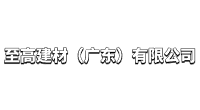
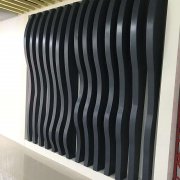
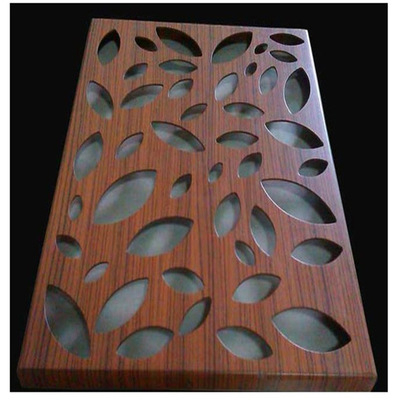
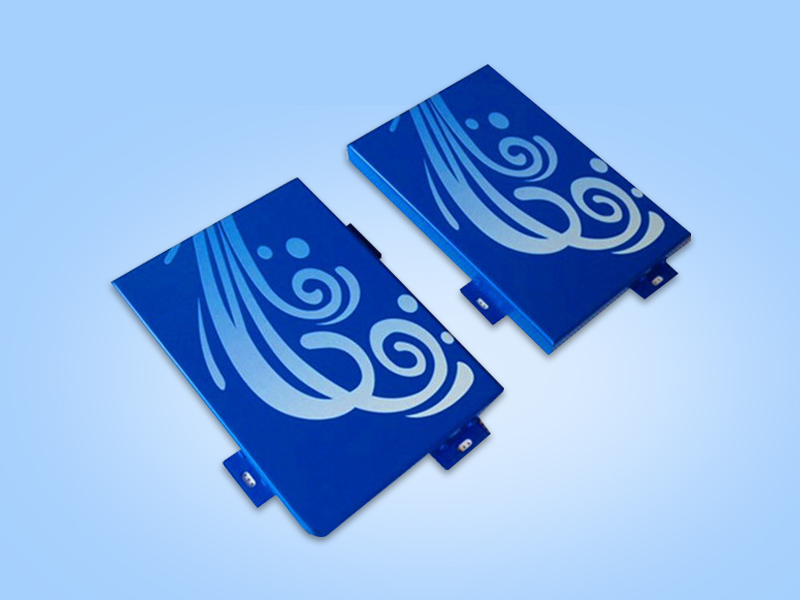
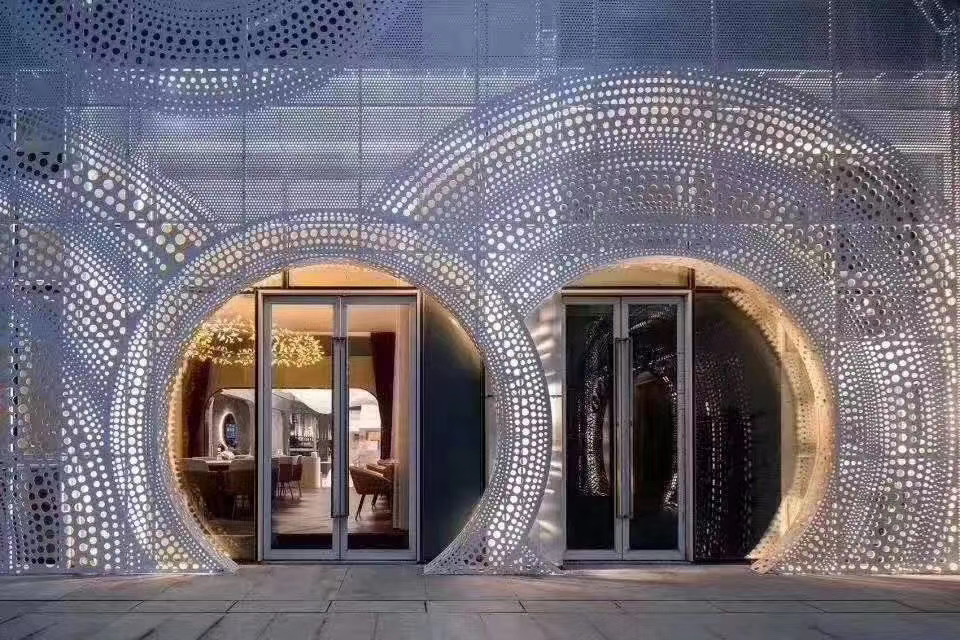


 Customer service QQ
Customer service QQ